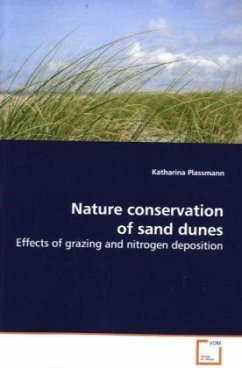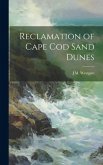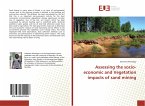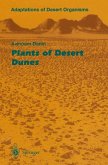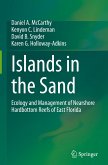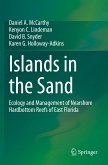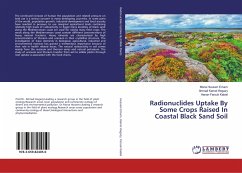Coastal sand dunes are threatened ecosystems
that support rare and endangered animal and plant
species. It is important to preserve dunes and
restore damaged sites wherever possible. In order to
protect sand dune systems of high conservation value,
their ecology needs to be understood, so that
informed decisions can be made as to how to manage
these habitats. The research presented in this book
addresses the threats of overstabilisation,
accelerated successional development and atmospheric
deposition of nitrogen, and investigates how
livestock grazing management can contribute to
maintaining the high conservation value of these
habitats. A new critical load for
nitrogen for dune grasslands was established which
could aid policy decisions. Livestock grazing was
shown to have an important role for the conservation
management of sand dunes, and seed banks have the
potential to contribute to vegetation change. These
findings can all inform future management efforts.
that support rare and endangered animal and plant
species. It is important to preserve dunes and
restore damaged sites wherever possible. In order to
protect sand dune systems of high conservation value,
their ecology needs to be understood, so that
informed decisions can be made as to how to manage
these habitats. The research presented in this book
addresses the threats of overstabilisation,
accelerated successional development and atmospheric
deposition of nitrogen, and investigates how
livestock grazing management can contribute to
maintaining the high conservation value of these
habitats. A new critical load for
nitrogen for dune grasslands was established which
could aid policy decisions. Livestock grazing was
shown to have an important role for the conservation
management of sand dunes, and seed banks have the
potential to contribute to vegetation change. These
findings can all inform future management efforts.

